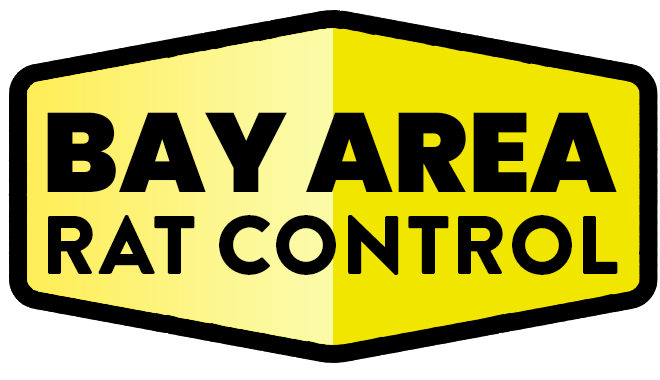Opening Thoughts
The success of rat control depends on choosing the right methods for your specific situation. With numerous options available, from DIY traps to professional pest management strategies, it’s essential to understand their effectiveness, pros, and cons. This guide examines the most common rat control methods, helping you determine the best approach for your needs.
Rat Control Methods: A Breakdown
1. Trapping
Effectiveness
- High for small infestations and localized problems.
- Requires proper placement and regular monitoring.
Types of Traps
- Snap Traps: Provide quick, humane kills but need precise positioning.
- Electronic Traps: Deliver fast, humane kills with minimal mess.
- Live Traps: Capture rats alive for relocation (where legal).
Pros
- Immediate results with no harmful chemicals.
- Affordable and reusable options available.
Cons
- Labor-intensive as traps must be checked and reset regularly.
- Ineffective for large infestations without extensive placement.
2. Poison Baits
Effectiveness
- Moderate to High for severe infestations when used in tamper-resistant bait stations.
- Effective as part of an integrated pest management strategy.
Usage
- Best placed in hidden areas inaccessible to pets and children.
- Requires careful disposal of poisoned rats to prevent secondary poisoning.
Pros
- Can reduce large rat populations quickly.
- Low effort required once baits are set up.
Cons
- Risk of accidental poisoning for non-target animals or humans.
- Decomposing rats may leave odors in inaccessible areas.
3. Ultrasonic Repellents
Effectiveness
- Low to Moderate, depending on the environment and rat species.
- Rats may adapt to sound frequencies over time.
Usage
- Place in enclosed spaces with minimal obstructions for best results.
- Combine with other methods for a more comprehensive approach.
Pros
- Non-toxic and safe for households with pets or children.
- Minimal maintenance after installation.
Cons
- Limited range and reduced effectiveness in cluttered areas.
- No immediate impact on existing infestations.
4. Integrated Pest Management (IPM)
Effectiveness
- High, especially for long-term prevention and control.
- Focuses on addressing the root causes of infestations.
Components
- Exclusion: Sealing entry points to prevent rat access.
- Monitoring: Using traps and tracking tools to detect activity.
- Sanitation: Eliminating food, water, and shelter sources.
Pros
- Sustainable, eco-friendly approach that minimizes reliance on chemicals.
- Reduces the likelihood of reinfestation.
Cons
- Requires consistent effort and investment in professional services.
- Results may take longer to become apparent compared to other methods.
5. Professional Pest Control Services
Effectiveness
- Very High, especially for severe or large-scale infestations.
- Experts tailor solutions to the property’s unique needs.
Services Offered
- Comprehensive inspections and exclusion measures.
- Use of advanced tools like motion-sensor traps and infrared cameras.
- Ongoing maintenance and prevention plans.
Pros
- Guaranteed results with expert knowledge and tools.
- Long-term strategies that address underlying issues.
Cons
- Higher upfront costs compared to DIY methods.
- May require scheduling flexibility for follow-up visits.
Comparing Rat Control Methods: A Summary
| Method | Effectiveness | Cost | Best For | Limitations |
|---|---|---|---|---|
| Snap Traps | High | Low | Small infestations | Labor-intensive, requires frequent checks |
| Poison Baits | Moderate-High | Low-Moderate | Severe infestations | Risk of secondary poisoning |
| Ultrasonic Repellents | Low-Moderate | Low | Prevention in low-activity areas | Limited range, rats may adapt |
| Integrated Pest Management (IPM) | High | Moderate-High | Long-term prevention | Requires ongoing effort and consistency |
| Professional Services | Very High | High | Large or persistent infestations | Higher upfront cost |
Choosing the Right Method for Your Needs
Factors to Consider
- Severity of the Infestation:
- Small, localized problems can be managed with traps.
- Severe infestations require professional services or integrated strategies.
- Property Type:
- Homes: Focus on safe, non-toxic options like ultrasonic repellents or traps.
- Businesses: Prioritize comprehensive solutions like IPM and professional services.
- Budget:
- DIY options are more affordable upfront but may require additional effort and time.
- Professional services offer long-term value but involve higher initial costs.
Mistakes to Avoid
- Relying on One Method:
- Combining multiple strategies ensures better results.
- Delaying Action:
- Infestations worsen quickly; early intervention saves time and money.
- Improper Disposal:
- Failing to remove dead rats safely can lead to odors and secondary infestations.
Final Thoughts
Effective rat control requires a thoughtful approach tailored to your property and infestation level. While DIY methods like traps and baits can address minor problems, professional pest control services and integrated pest management strategies offer the most reliable long-term solutions. By understanding the strengths and limitations of each method, you can make informed decisions to keep your property rat-free.
Relevant Links/Sources:
Rat Control Basics – EPA
Integrated Pest Management Explained – NPMA
Choosing the Right Rat Control Methods – PestWorld
